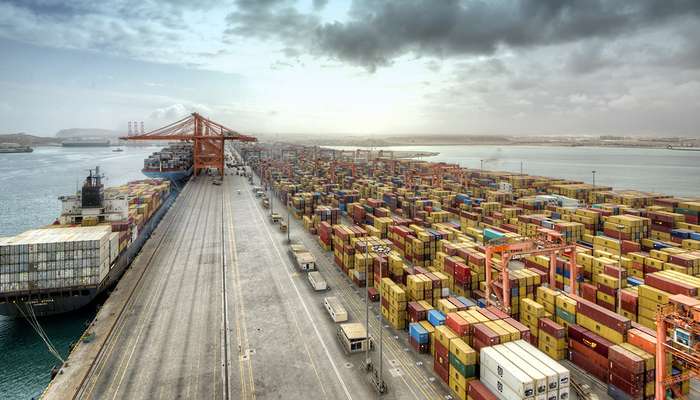Muscat: Omani industrial exports recorded an 8.6% growth in the first quarter of 2025, reaching OMR1.618 billion, compared to OMR1.490 billion during the same period in 2024.
According to data released by the National Centre for Statistics and Information in May 2025, Omani industrial exports have expanded significantly across various regional markets, reflecting the growing presence of Omani industries on the regional trade map.
Notably, Saudi Arabia’s imports of Omani industrial products surged by 28.3%, reaching OMR259 million, reaffirming the strong economic ties between the two nations and the increasing demand for Omani goods in the Saudi market.
Nusra bint Sultan Al-Habsi, Director-General of Trade at the Ministry of Commerce, Industry, and Investment Promotion, highlighted the accelerated trade exchange between Oman and Saudi Arabia is a direct result of ongoing cooperation, underscoring the deepening economic integration across various sectors.
She explained that the Economic, Trade, and Industry Committee of the Omani-Saudi Coordination Council has worked consistently since its inception to address trade exchange challenges, unify customs procedures, and facilitate land transportation through border crossings.
Additionally, it has focused on linking commercial systems electronically between the two countries, enabling the seamless flow of goods and services while enhancing trade movement through the Rub’ Al Khali border, which has become a vital new artery for commerce between the two nations.
Speaking to Oman News Agency (ONA), she revealed that the committee is currently working on various initiatives, including cooperation in intellectual property, e-commerce, anti-monopoly regulations, and export development between Oman and Saudi Arabia.
Efforts are also underway to strengthen industrial and investment partnerships through regular meetings between the private sectors of both countries and the organisation of joint economic forums, focusing on promising opportunities in manufacturing industries, renewable energy, supply chains, and food security.
She noted that Saudi Arabia is now Oman’s second-largest GCC trade partner, with future aspirations pointing towards deeper industrial and trade integration.
Oman welcomes more Saudi investments, particularly in special economic zones and free zones, which offer advanced infrastructure and competitive investment incentives, fostering greater collaboration in alignment with the strategic objectives of Oman Vision 2040 and Saudi Vision 2030.
Meanwhile, Mazin bin Hamid Al-Siyabi, Assistant Director-General of Industry at the Ministry of Commerce, Industry, and Investment Promotion, emphasised that recent months have witnessed growing momentum in coordination and engagement between industrial sector officials in both nations.
This has been evident in a series of meetings, exchange visits, specialised workshops, and direct engagements between investors and entrepreneurs.
Speaking to ONA, he stated that these efforts have expanded areas of industrial cooperation, particularly in priority sectors such as manufacturing, advanced technologies, and supply chains, while helping to identify promising investment opportunities and develop joint industrial initiatives aimed at enhancing competitiveness and localising technical expertise, thereby reinforcing industrial integration between Oman and Saudi Arabia.
He pointed out that this new dynamic in industrial relations reflects the alignment of visions between the two nations. The shared focus on industrial sector development as a pillar for economic diversification has proven to be a successful strategy, with its impact now visible in the growth of Omani industrial exports to Saudi Arabia and other regional markets.
Al Siyabi concluded that the accelerated growth of Omani industrial exports in recent months serves as a tangible indicator of the success of industrial policies pursued by the ministry. These policies prioritize export market diversification, improved production efficiency, enhanced competitiveness of Omani products, and the achievement of economic diversification goals, fostering a resilient industrial base capable of adapting to global shifts.
